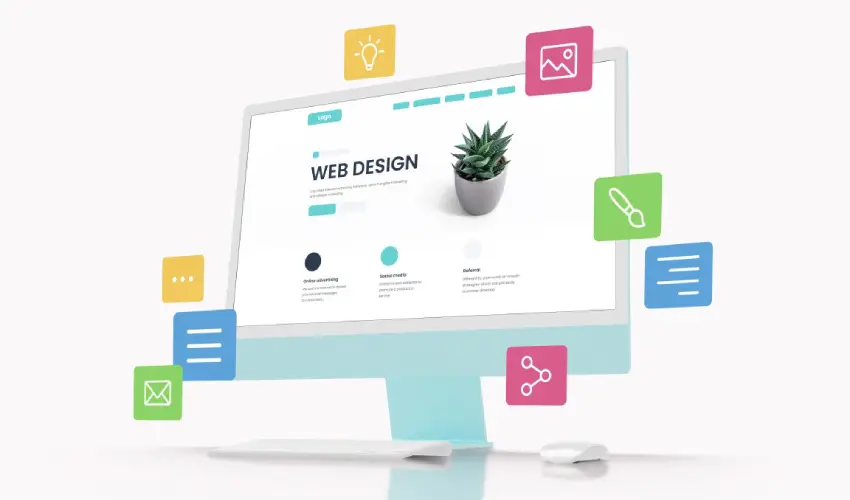
- Shehr Yar
- 31 May, 2025
In today’s digital world, first impressions matter more than ever — especially when it comes to your website. Visitors decide within seconds whether to stay or bounce, and one of the most powerful design strategies to keep them engaged is Minimalist Web Design.
🔹 What is Minimalist Web Design?
Minimalist design strips away unnecessary elements, focusing only on what’s essential. Clean layouts, ample white space, limited color palettes, and bold typography are some of its trademarks.
🔹 Why Minimalism Works
- Faster Load Times: Fewer elements mean quicker performance, which improves SEO and user experience.
- Improved Readability: Simplicity helps users find content without distractions.
- Mobile-Friendly: Clean layouts adapt better across devices.
- Stronger Focus: With fewer distractions, your CTAs and key messages stand out more.
🔹 Real-Life Example
Brands like Apple, Dropbox, and Airbnb use minimal design principles to keep things clear, direct, and focused. Even portfolio sites like Shehryar Dev benefit from minimalist design, ensuring that the content — not clutter — captures the user’s attention.
🔹 How to Achieve Minimalism in Web Design
- Use a grid-based layout
- Stick to 2–3 colors
- Use one or two clean fonts
- Keep navigation simple
- Focus on content hierarchy
🔹 Final Thoughts
Minimalism isn’t about removing features — it’s about refining the user experience. By applying minimalist principles to your web design, you create sites that are faster, more elegant, and easier to use. A minimalist site doesn’t look empty — it looks intentional.



